Table of Contents
As a night-time photographer who has been around for a long time, I’m equipped to show you the most effective night exposure techniques to ensure you get breathtaking images each time you open your camera. In particular, I’m going to talk about:
- The best exposure mode to use for night photography.
- The most effective camera for nighttime photography. Shutter speed, aperture, and ISO settings for night photography.
- An easy way to determine your exposure at night.
What Is The Best Camera That Is Suitable For Night Photography?
Suppose you’re looking to select the most suitable camera for nighttime photography. In that case, The most important things you need to consider are an extensive ISO range, a large dynamic spectrum, and a massive sensor. Many cameras come with these functions, and if you’re using a high-quality DSLR.
Note: If you are dedicated to night photography and would like to improve your night photography up a notch, you should check out my course on night photography. It provides easy-to-follow night photography tutorials, including hours of informative videos and case studies.
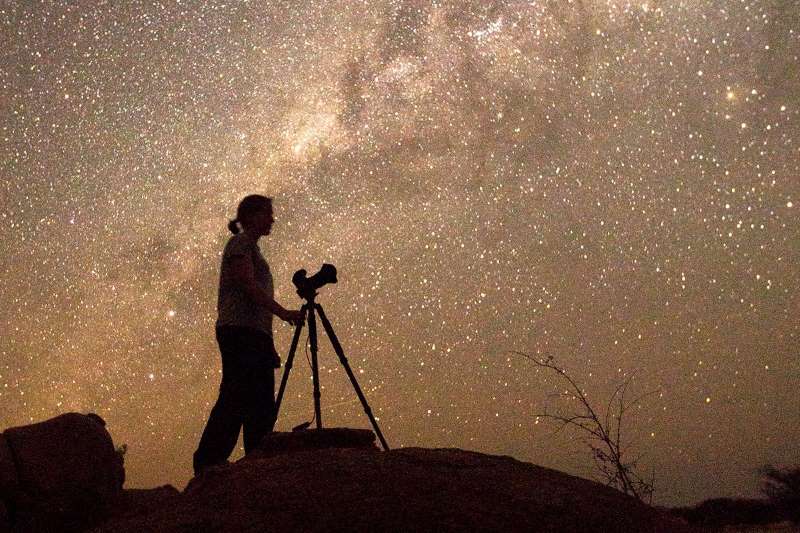
The Nikon D750 Full Frame DSLR:
The camera isn’t squeaky when you use a high ISO, making night photography easy.
Canon 5D Mark IV:
The incredible detail this camera can capture in dim lighting can result in some genuinely stunning night photographs. This could be the perfect option if you’re searching for the top camera for night photography.
Sony a6500:
If you’re looking for something smaller, the Sony A6500 sports a maximum ISO of 51200. It’s an excellent choice for those who prefer traveling with a light.
Top 10 Tips To Take Night Photos
Night photography is about preparing and playing around with the camera’s settings. Here are some tips to think about to get the most out of the nighttime photos you take:
1. Make Sure That You’re Shooting RAW
The loss in quality JPEG causes can ruin your nighttime images So, stick to RAW. You’ll be grateful to be working with images that have not been processed in case you want to experiment with your color choices during post-processing.
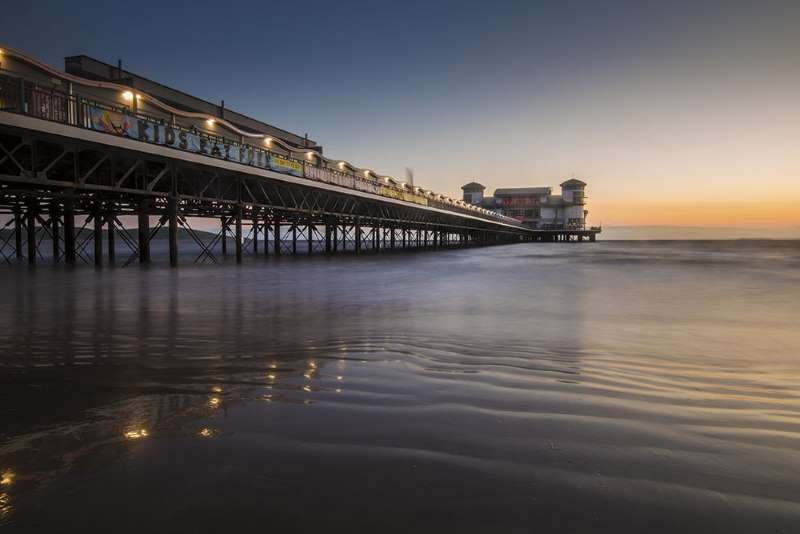
2. Make Sure You Are Prepared For Extended Periods Outdoors
When you are shooting at night, you must be prepared to be outdoors for extended durations of time. It requires time and effort to create excellent night photography images, from setting up the camera and tripod to changing the camera settings to ensure the correct exposure time. Remember that it isn’t easy to alter camera settings when you have cold hands, so carrying some hand warmers or gloves could be beneficial.
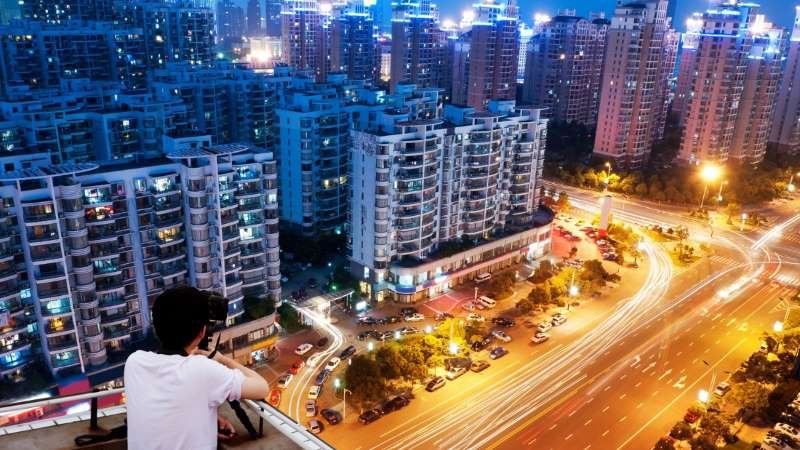
3. Maintain The Camera’s ISO As Low As Possible
You may think that working with low light requires higher ISO settings. However, this may be wrong. The more you increase your ISO, the more grain will become an issue, and you’ll need to set your ISO the lowest you can. Test a few images at different ISO settings.
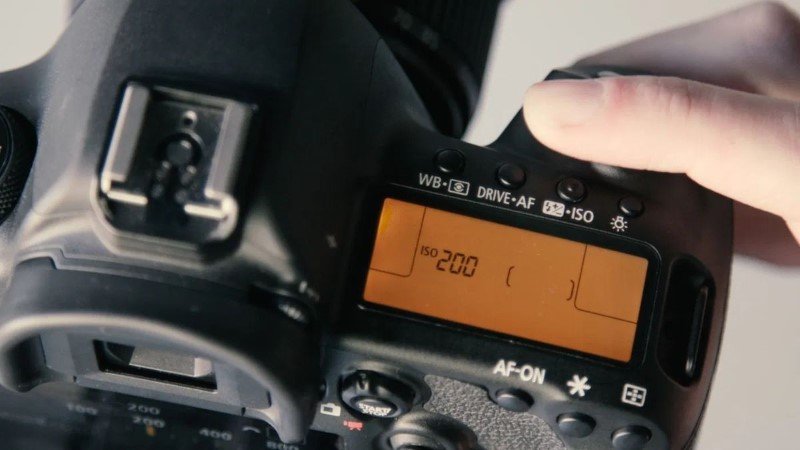
4. Take Photos In Manual Mode
The shooting manual lets you have complete control over the camera’s settings. Because night photography demands you to work slowly and methodically, you should take the time to ensure you get the settings correct.
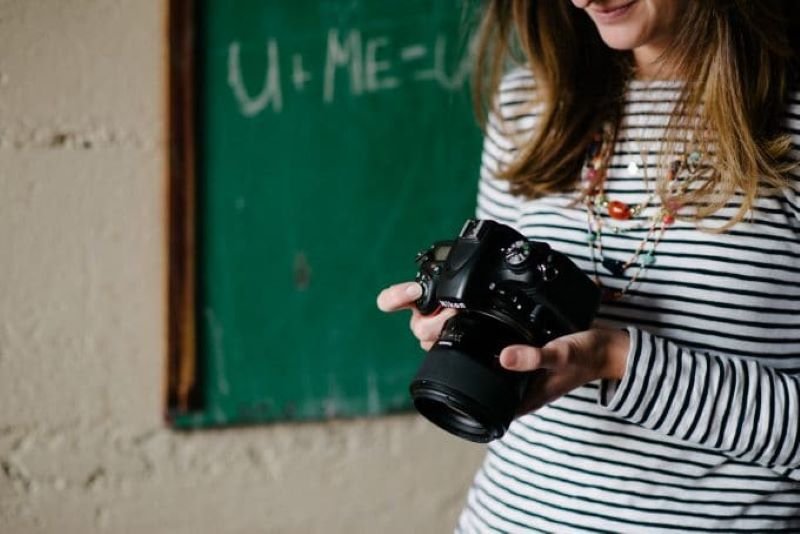
5. Shoot In Bulb Mode For Longer Exposures
If you’re planning to work with extended durations, you’ll need to switch the DSLR into bulb mode. This is the most suitable mode for light painting and other creative styles. However, to ensure that your camera is in good shape, you might consider investing in a remote shutter release.
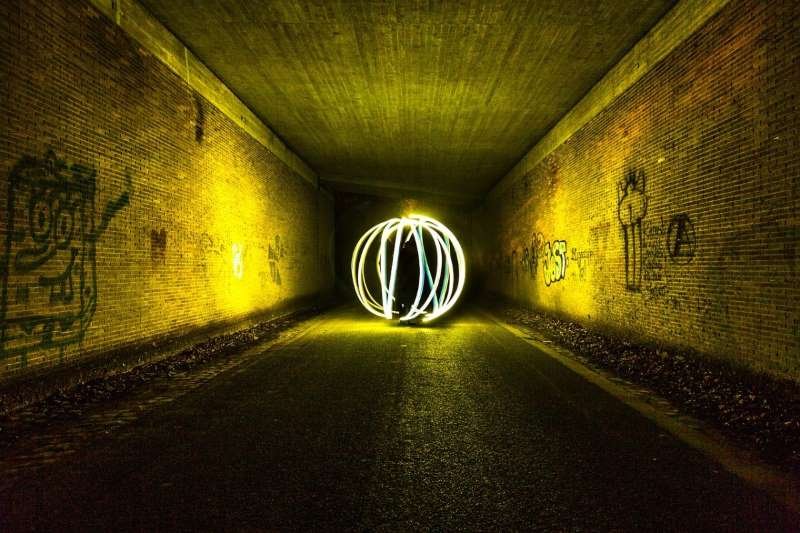
6. Make Sure You Have An Emergency Flashlight
Even in the dark with urban light, it can be challenging to read the manual controls on your camera or find the screws on your tripod. A small flashlight can be an excellent light source while you move through the dark. It is possible to use it to illuminate an area of your photograph.
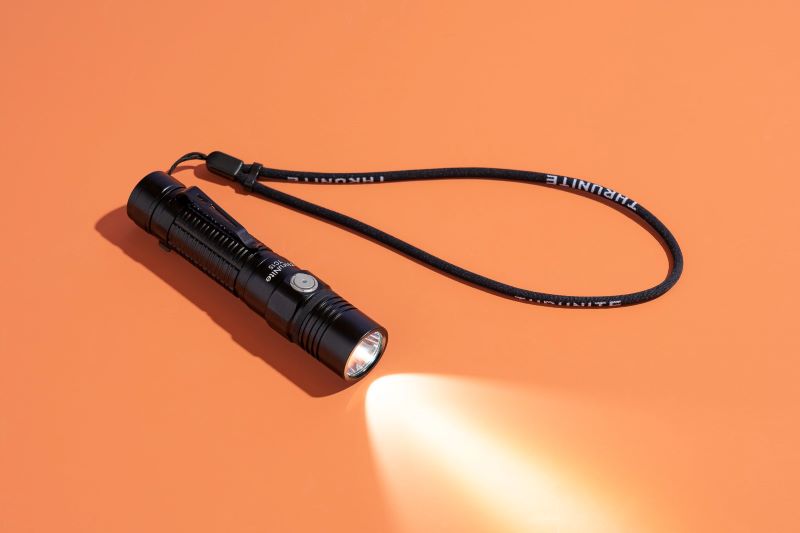
7. Make Use Of A Tripod For Long Exposures
Photography at night usually requires shutter times that are 10 or longer so that you can absorb the most light from the surroundings you can. What can you do to stay focused on your shot for more than 10 seconds? To do this, you’re likely to require an excellent tripod.
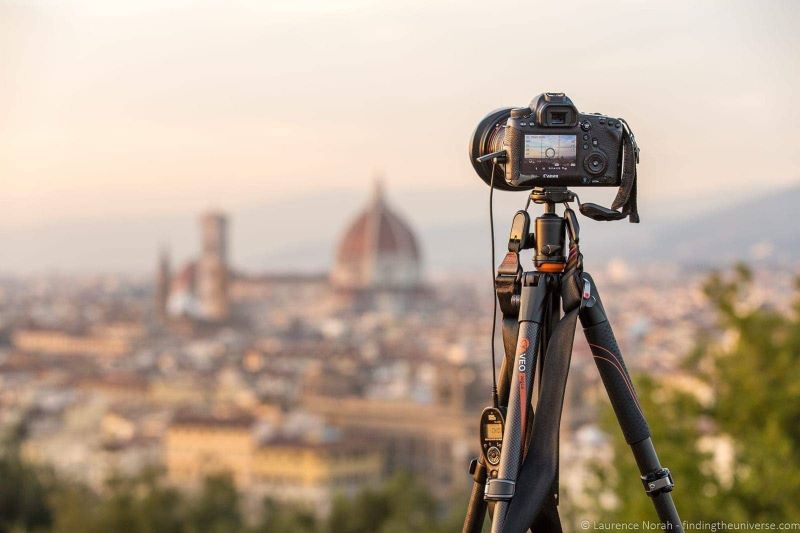
8. Shut Down Your Aperture
The exact amount of light will depend on the camera and lens. However, you’ll need to capture the maximum amount of light you can with the f-stops you’ve set.
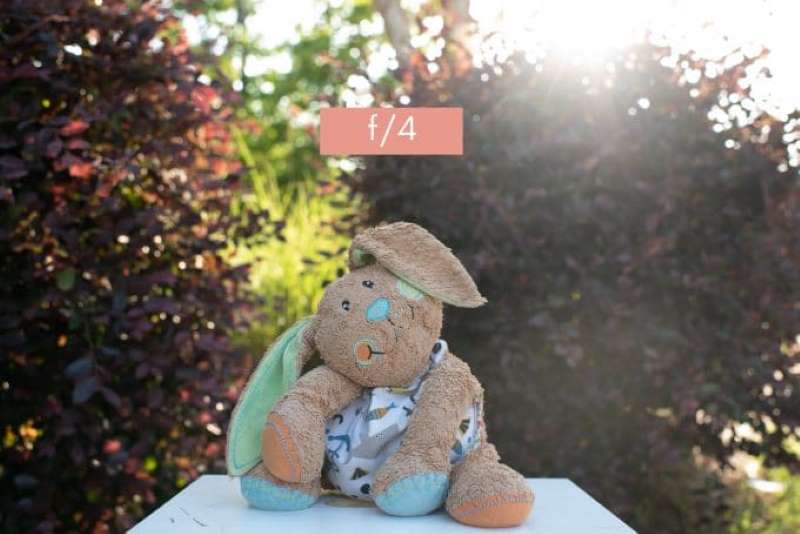
9. Scout Your Location
Since you’ll be working in darkness, look around your area for your photographs before shooting. Note any potential difficulties or obstacles. Do you see the site lit up with artificial lighting? Do the lights change color? What angle will look most appealing? What are the best ways to make the most of your light source?
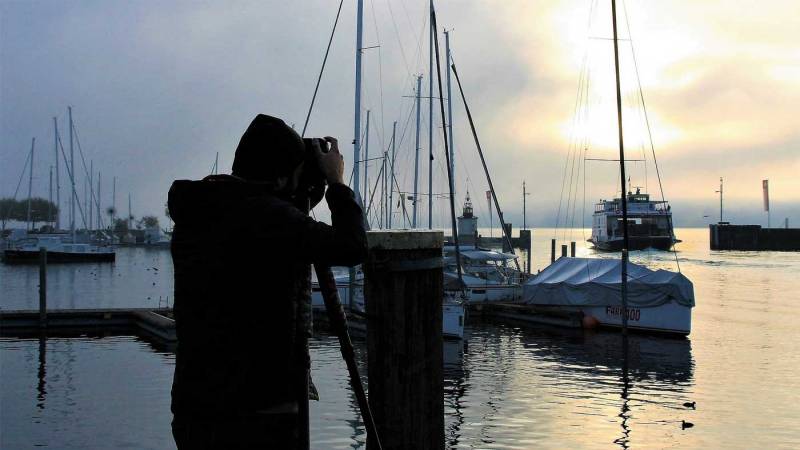
10. Select The Correct Settings
The proper settings will depend on the specific situation. But, there are tips for selecting the correct settings for nighttime:
Aperture
Increase the aperture in the evening rather than in the daytime (i.e., utilize a lower gap). Night photography tends to have less depth of field than images in the day. Additionally, the sky and background are entirely black. The bigger aperture also gives you more light through your camera.
ISO
Make sure to keep Your ISO settings as minimal as possible. Night photography always has dark spots, resulting in digital noise. Increasing the ISO can exacerbate the issue.
Shutter Speed
While shutter speed may be the first setting for exposure in the daytime, this should be the last thing you consider at night. Because you’ll shoot from a tripod, you can keep the shutter open for as long as possible. If there is an area of traffic, a fountain, or flowing water in your photo, the slower shutter speed can produce an incredibly cool look.
Read More:

